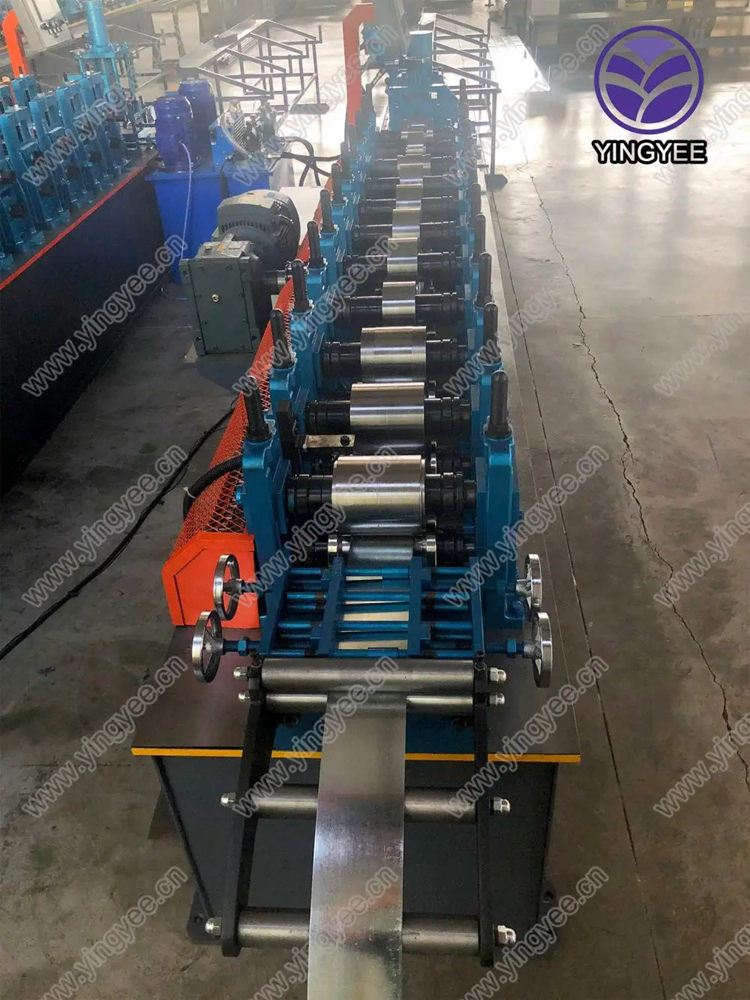
The Electric Junction Cabinet Production Line A Comprehensive Overview
The production of electric junction cabinets is a crucial aspect of modern electrical infrastructure, serving as key components in the distribution of electrical power and ensuring the reliability of electrical systems. This article will delve into the intricacies of the electric junction cabinet production line, highlighting its importance, components, and the technological advancements that are shaping the future of this industry.
Understanding Electric Junction Cabinets
Electric junction cabinets, also known as electrical enclosures, are protective housing for electrical wiring and components. They serve multiple purposes, including safeguarding against environmental hazards, ensuring safety by preventing accidental contacts, and organizing electrical connections in a compact manner. These cabinets are found in various settings, including industrial plants, commercial buildings, and residential properties.
Key Components of the Production Line
The production line for electric junction cabinets involves several key stages, each essential for producing high-quality and compliant products.
1. Material Selection and Preparation The primary materials used in manufacturing electric junction cabinets are metal (typically steel or aluminum) and plastic. The material must be durable and able to withstand various environmental conditions. The first step in the production line is selecting the proper gauge of material, followed by cutting and shaping it into the required dimensions.
2. Fabrication The fabrication process includes processes such as bending, punching, and welding. These are carried out using advanced machinery to ensure precision and consistency. Computer Numerical Control (CNC) machines are commonly employed in this phase, as they offer high accuracy and can produce complex designs with minimal human intervention.
3. Surface Treatment Once the cabinet is fabricated, it undergoes surface treatment to enhance corrosion resistance and aesthetic appeal. This may involve processes like powder coating or painting. The choice of surface treatment depends on the intended environment of use, as cabinets placed outdoors may require more robust protection against weathering.

4. Assembly of Components After surface treatment, the various components are assembled. This includes installing mounting plates, hinges, locks, and sealing gaskets. The assembly process focuses on ensuring that all components fit correctly and function smoothly, providing both security and accessibility.
5. Quality Control Quality assurance is paramount in the production of electric junction cabinets. Each cabinet undergoes rigorous testing to ensure it meets safety standards and industry regulations. This includes checking for proper seals, structural integrity, and electrical safety ratings. Inspection protocols may involve visual checks, pressure tests, and electrical compliance tests.
6. Packaging and Distribution Once the cabinets pass quality control, they are carefully packaged to prevent damage during transportation. The distribution phase involves logistics planning to deliver the cabinets to customers efficiently, whether they are local suppliers or international clients.
Technological Advancements
The electric junction cabinet production line has benefited significantly from technological advancements. Automation plays a critical role in increasing production efficiency and reducing labor costs. Robotics are used for tasks such as welding and assembly, allowing for greater precision and speed. Advanced software tools are employed for design and inventory management, facilitating seamless operations throughout the production process.
Moreover, the trend toward smart cabinets is emerging, integrating features such as remote monitoring and diagnostics. These innovations enhance the functionality of junction cabinets, making them vital components in the evolving landscape of smart buildings and IoT applications.
Conclusion
The electric junction cabinet production line is an intricate system that combines various processes, technologies, and materials to produce reliable electrical enclosures. With the ongoing advancements in manufacturing technology and a growing emphasis on safety and efficiency, the future of electric junction cabinets appears promising. As the demand for robust electrical infrastructure continues to rise, so too will the importance of optimized production lines that can deliver high-quality products to meet the needs of diverse industries.